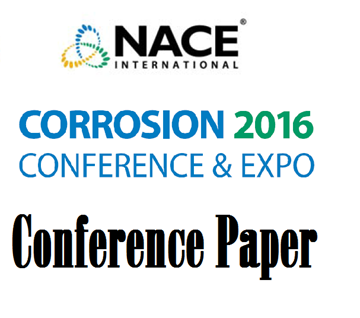Search
51316-7824-Hot Corrosion of Nickel-Chromium Alloys in a Molten Eutectic Salt Environment
Also Purchased
51314-4432-The Effect of Chromium Content on the Hot Corrosion Resistance of Nickel Chromium Alloys in Molten Sodium Sulfate
Product Number:
51314-4432-SG
ISBN:
4432 2014 CP
Publication Date:
2014
$20.00
51316-7822-Electrochemical Characterization of Ni and Fe-Based Alloys in Simulated Biomass Environments
Product Number:
51316-7822-SG
ISBN:
7822 2016 CP
Publication Date:
2016
$20.00
51316-7363-Suitability of High Alloyed Materials in Molten Salts at 600 °C
Product Number:
51316-7363-SG
ISBN:
7363 2016 CP
Publication Date:
2016
$20.00




